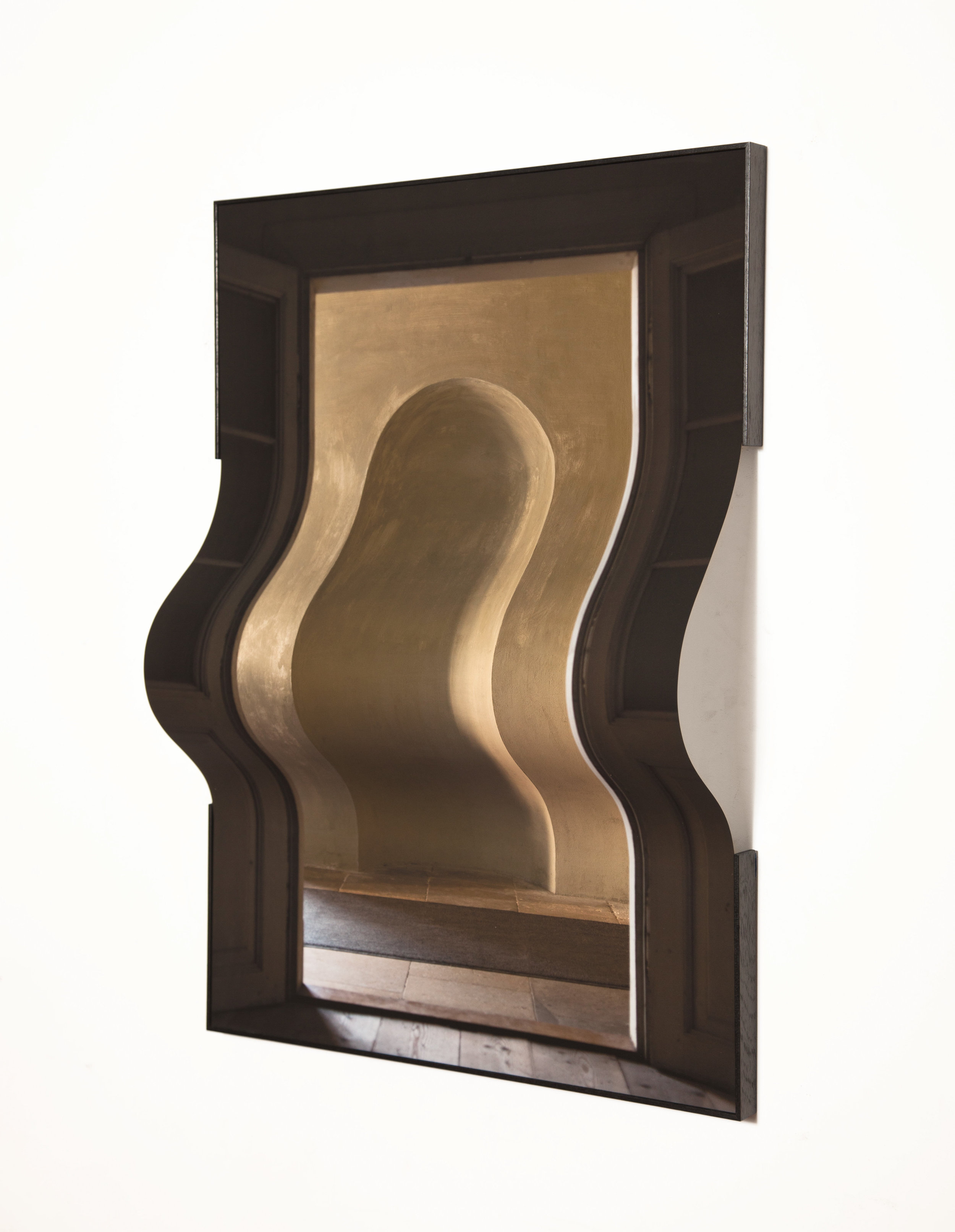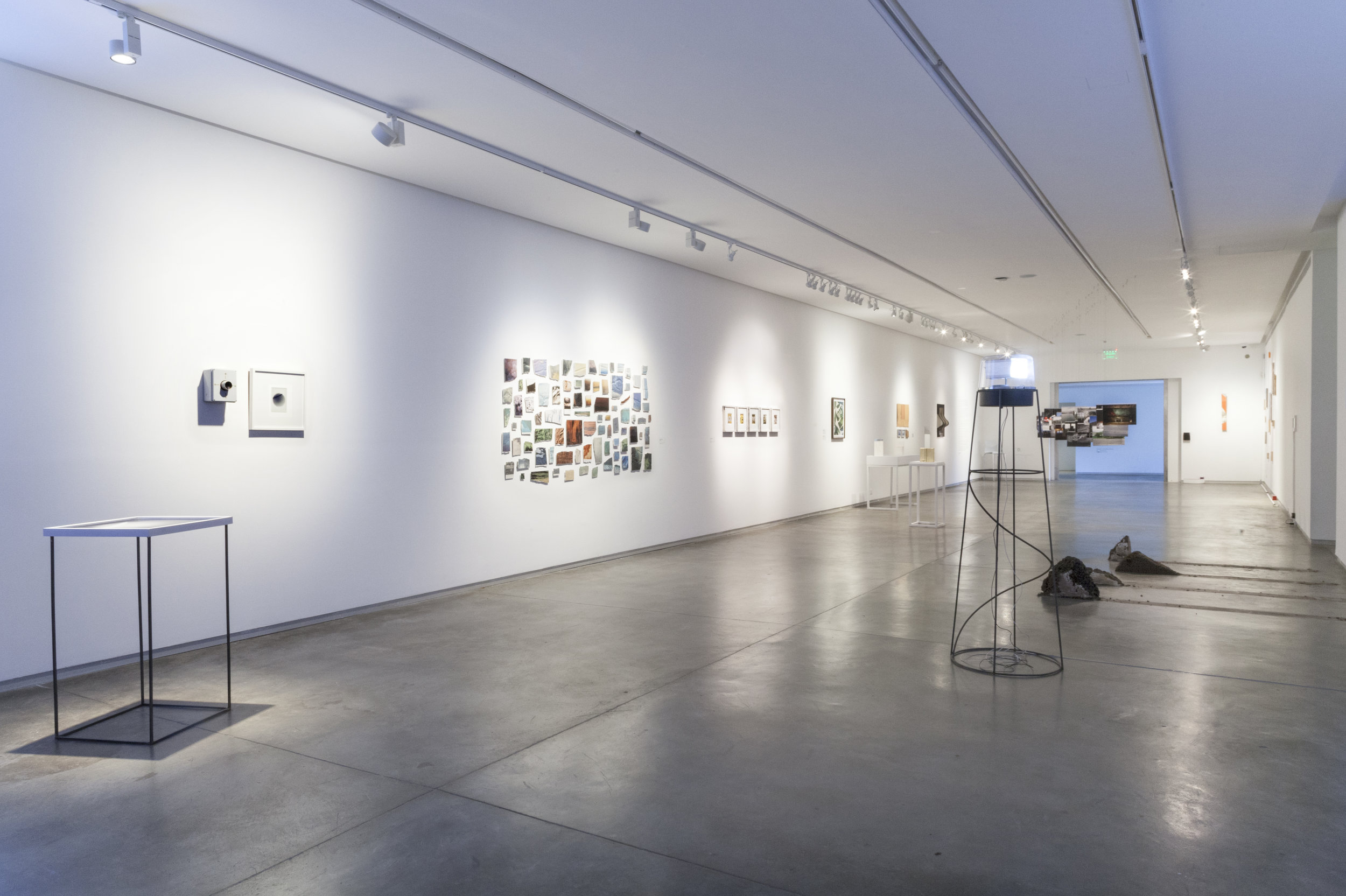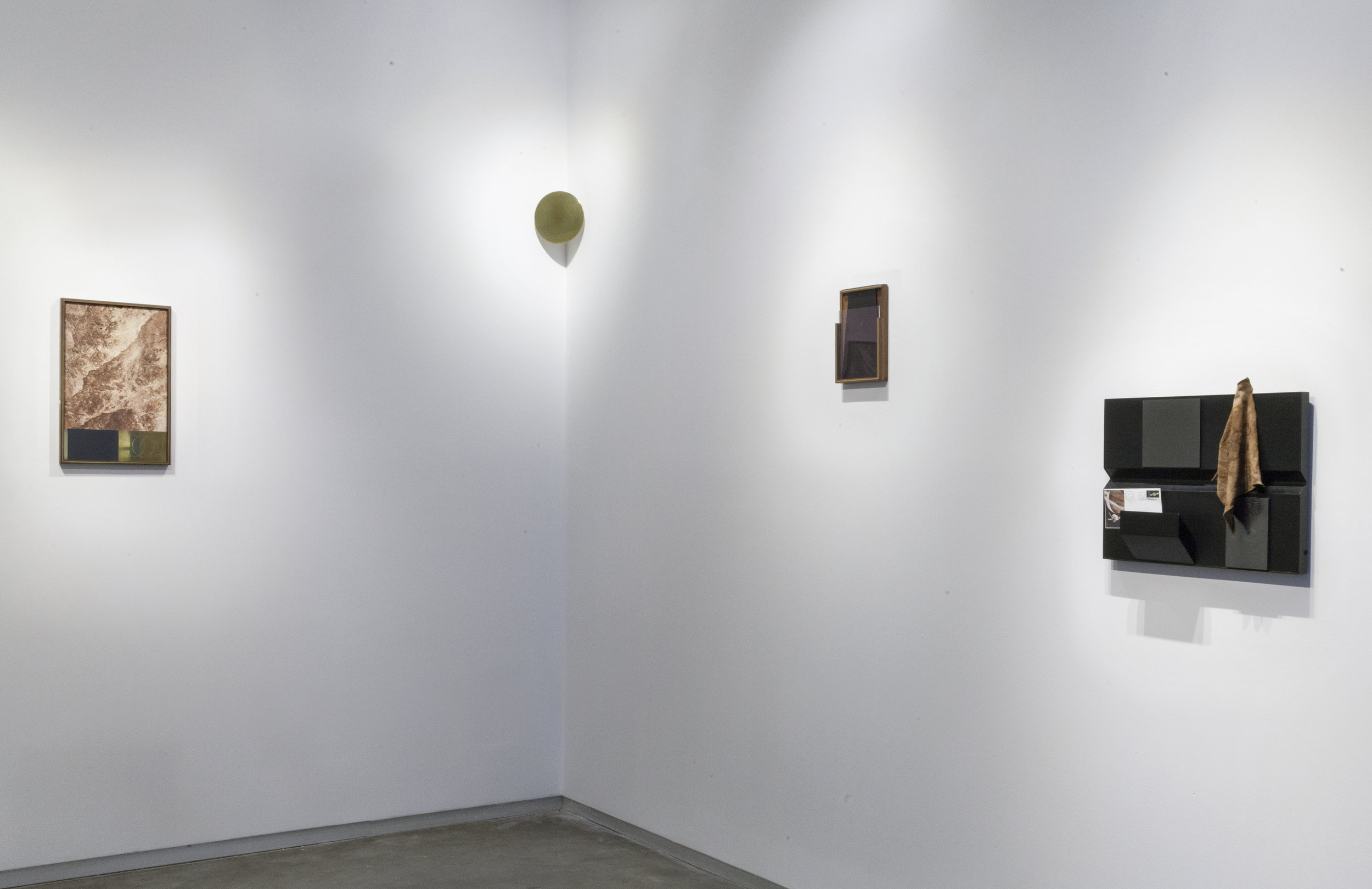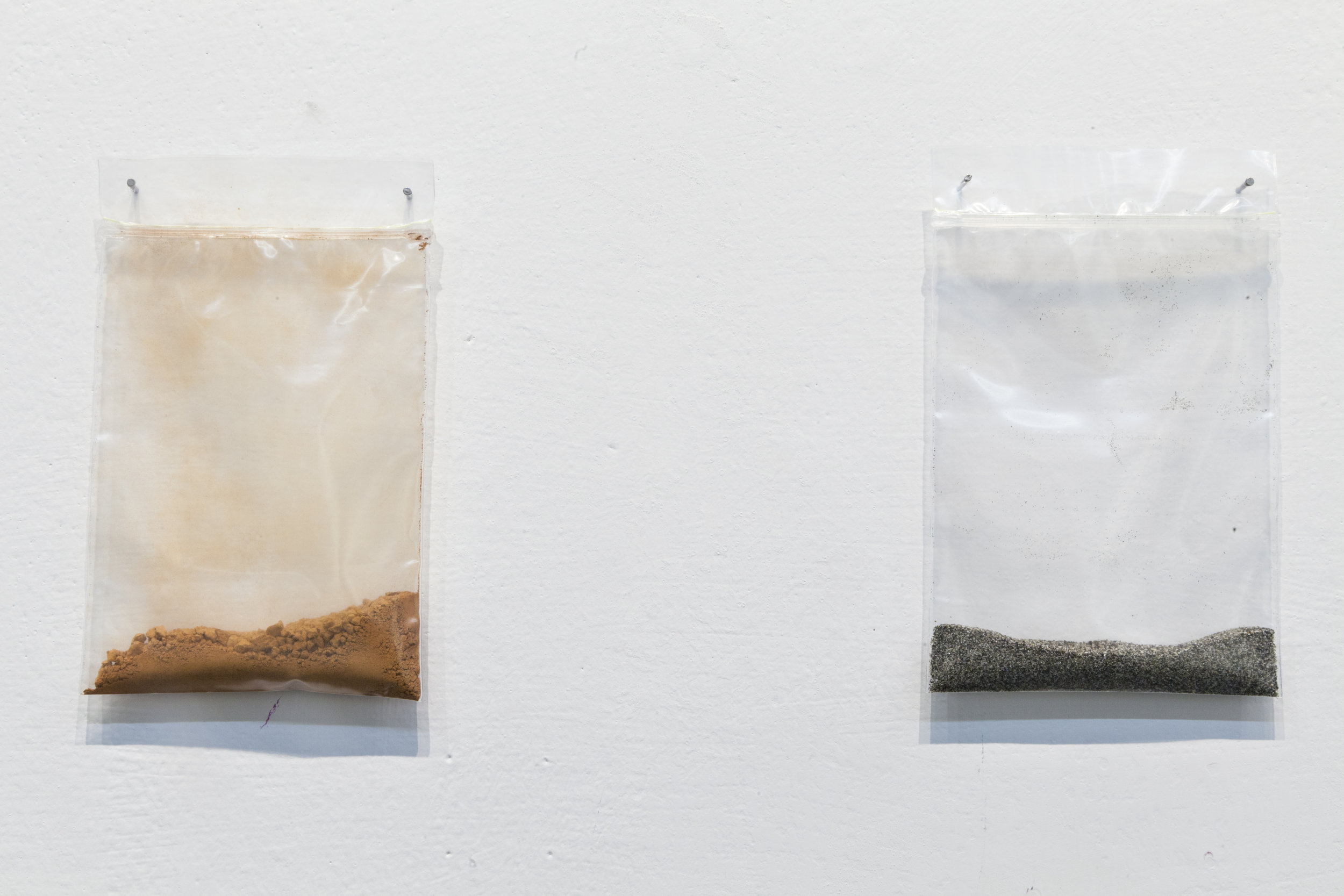Retrato de un Paisaje, group exhibition of 16 artists from Buenos Aires and NYC with a material approach to photography, Museo de Artes Plásticas Eduardo Sívori, Buenos Aires. Argentina, September- October, 2018.
Buenos Aires:
Rodrigo Alcon Quintanilha, Erica Bohm, Ayelen Coccoz, Claudia Cortínez, Estefanía Landesmann, Samuel Lasso, Carolina Magnin, Pedro Wainer
NYC:
James Hyde, Myeongsoo Kim, Barney Kulok, Esperanza Mayobre, Alva Mooses, Libby Pratt, Martyna Szczesna, Max Warsh
Curator: Claudia Cortínez
—
In the practice of photography, the terms portrait and landscape have come to define not only the medium’s most traditional genres but also the standards of composition when viewing or making an image. Retrato de un Paisaje plays with these formats as conventions to be expanded, exploring the line between image and object and the possibility of transformation from one into the other.
The exhibition brings together artists based in New York City and Buenos Aires who look to the urban and natural landscape to discuss themes of memory, identity, and perception, and use photography in ways that push the physicality of the image to the foreground. In times where instantaneity reigns, and the photographic image has become synonymous with a sense of intangibility and detachment, Retrato de un Paisaje offers a counter perspective back into the intimacy of matter, permeable to the forces at play in the physical world.
Photographs can be facts as well as ghosts and shadows; the infinite liberties that exist at the moment of capturing light do not cease to give evidence to the environments in which they were made. The exhibited works speak to a range of these manipulations (be they chemical, mechanical, or material) to foreground the act of perception, the subjectivities of memory, and the cyclical experience of time.
The word Heimweh, signifying a desire for proximity to the familiar, and Fernweh, coined by German Romanticists to convey an idea of longing for the faraway, are concepts also at play. The works present us with distant geographies and memories, often relating to places of origin or significant socio-political antecedents, to bring them insistently into the present. These emotional urgencies get translated into more abstract gestures: the impulse to magnify, to push in and out of focus on endless loop, to search for minute singularity within the multiple.
If landscape is a way of seeing we can assume it’s possible variables are as vast as there are ways of seeing. Backgrounds inevitably affect foregrounds- how do we lessen the distance and become participants not observers? How do we construct self and language within a landscape?
The first iteration of this exhibition took place in 2016 in New York City. This edition brings together the same group of artists in Buenos Aires, furthering the confluence between these cities with a new dialogue between their works.
— Claudia Cortínez
(texto en español)
—
Los términos retrato y paisaje han llegado a definir no sólo los géneros más tradicionales del medio fotográfico, sino también los estándares de composición al ver o crear una imagen. Retrato de un Paisaje juega con estos formatos como convenciones a expandir, atravesando el límite entre imagen y objeto y la posibilidad de transformación de uno en otro.
La muestra reúne a 16 artistas de Nueva York y Buenos Aires que apelan al paisaje natural y urbano para indagar temas tales como la memoria, la identidad y la percepción, usando la fotografía como base de exploraciones técnicas y conceptuales centradas en la materialidad de la imagen. En tiempos en los que reina la instantaneidad y la imagen fotográfica es sinónimo de intangibilidad y desapego, se presenta una perspectiva alternativa, volcada hacia la intimidad de la materia, permeable a las fuerzas en juego en el mundo físico.
Las fotografías pueden ser hechos, tanto como fantasmas o sombras. Las libertades que existen al momento de capturar la luz no dejan de evidenciar el entorno del cual proviene. Estas obras despliegan diversas manipulaciones, ya sean químicas, mecánicas o materiales, en función de reflejar el acto mismo de la percepción, la subjetividad de la memoria y la experiencia cíclica del tiempo.
La palabra Heimweh, que alude al deseo de proximidad a lo familiar, y Fernweh, acuñada por el romanticismo alemán para transmitir la idea de ‘ansia por lo lejano’, son también conceptos subyacentes. Las obras nos revelan geografías y recuerdos distantes, a menudo relacionados con lugares de origen o antecedentes socio-políticos significativos, para traerlos insistentemente al presente. Estas urgencias emocionales se traducen en gestos más abstractos: el impulso de magnificar, enfocar y desenfocar infinitamente, de rastrear lo singular en lo múltiple.
Si el paisaje es una forma de ver, podemos asumir que sus posibles variables son tan infinitas como lo son las formas de mirar. Inevitablemente, el fondo afecta al primer plano - ¿Cómo disminuir esa distancia para volvernos participantes en vez de observadores? ¿Cómo se construyen identidad y lenguaje dentro de un paisaje?
La primera edición de esta exposición tuvo lugar en 2016 en la ciudad de Nueva York. Esta edición reúne al mismo grupo de artistas, profundizando la confluencia de estas ciudades a través de un nuevo diálogo entre sus producciones.






























